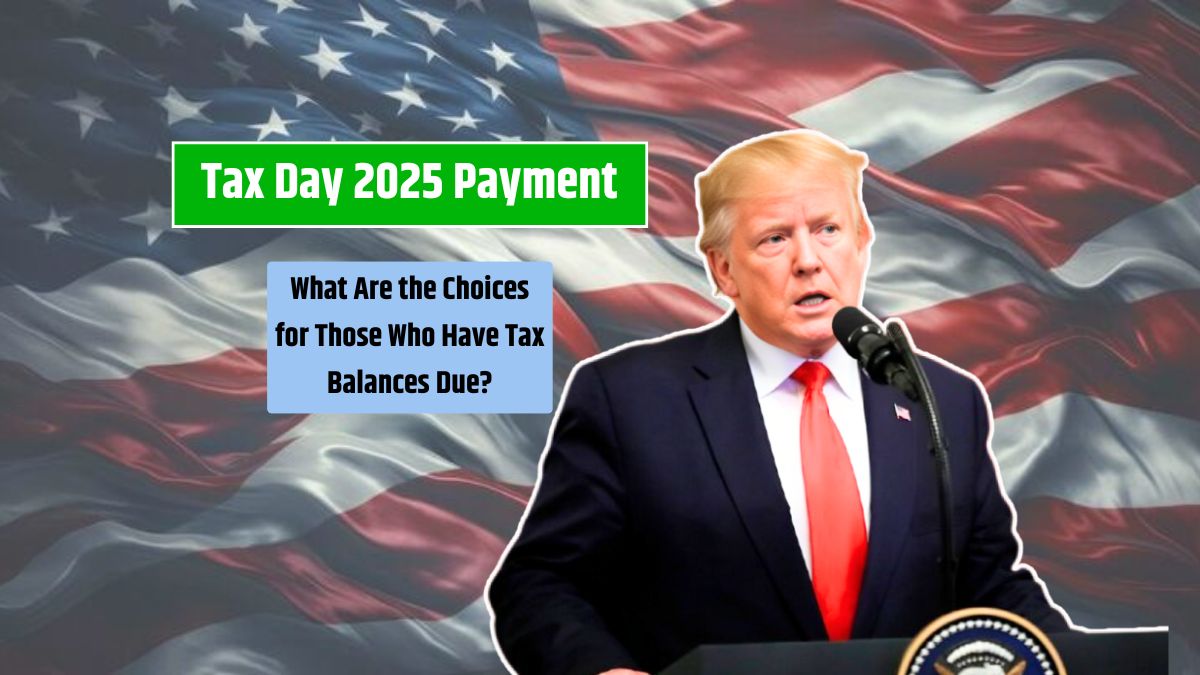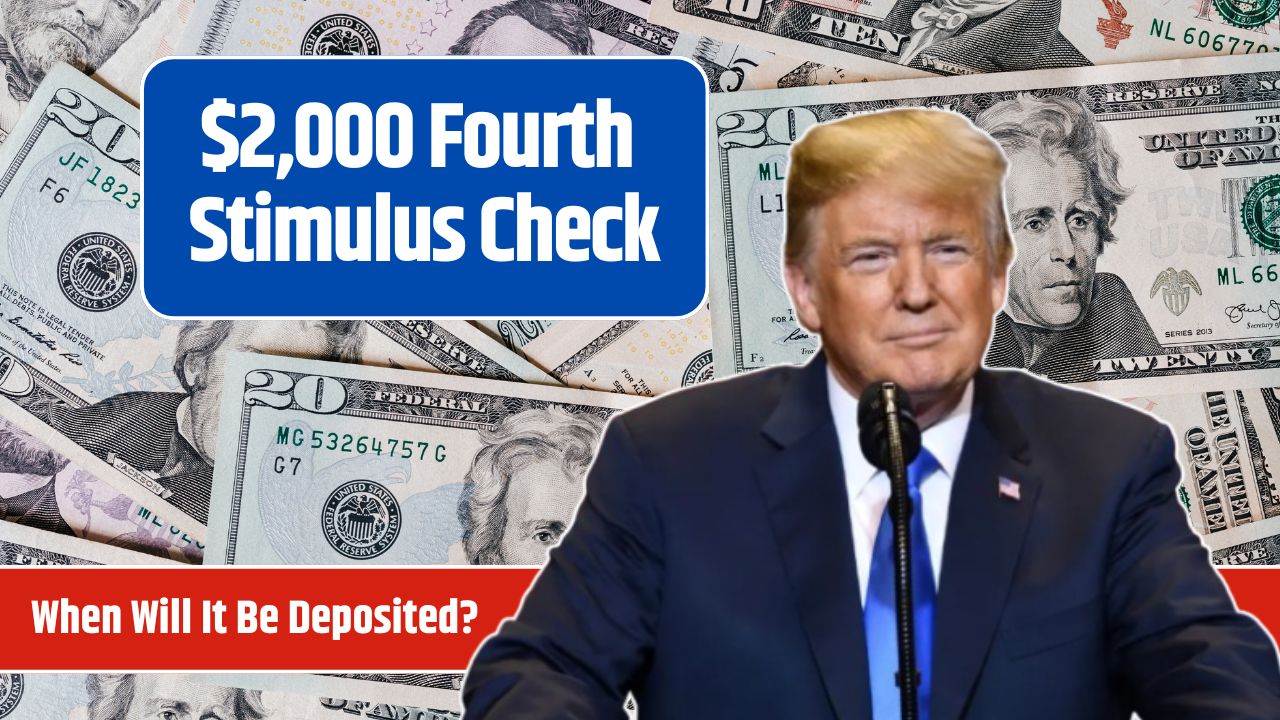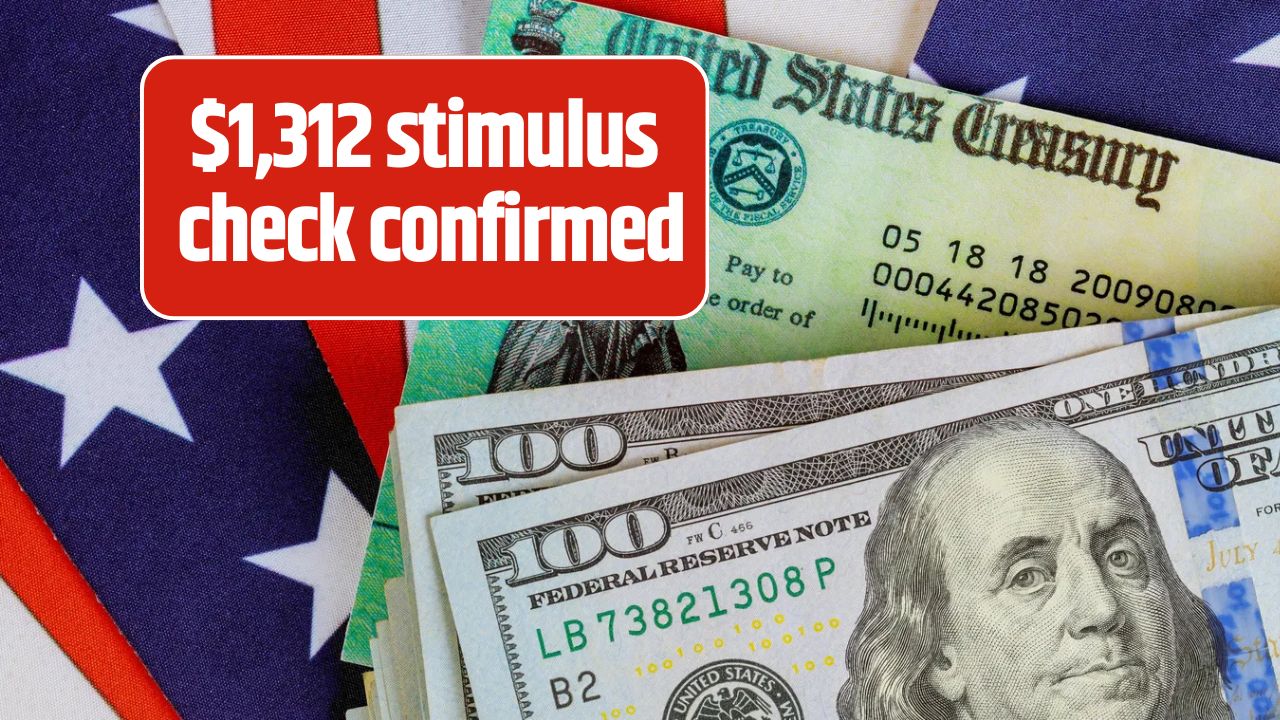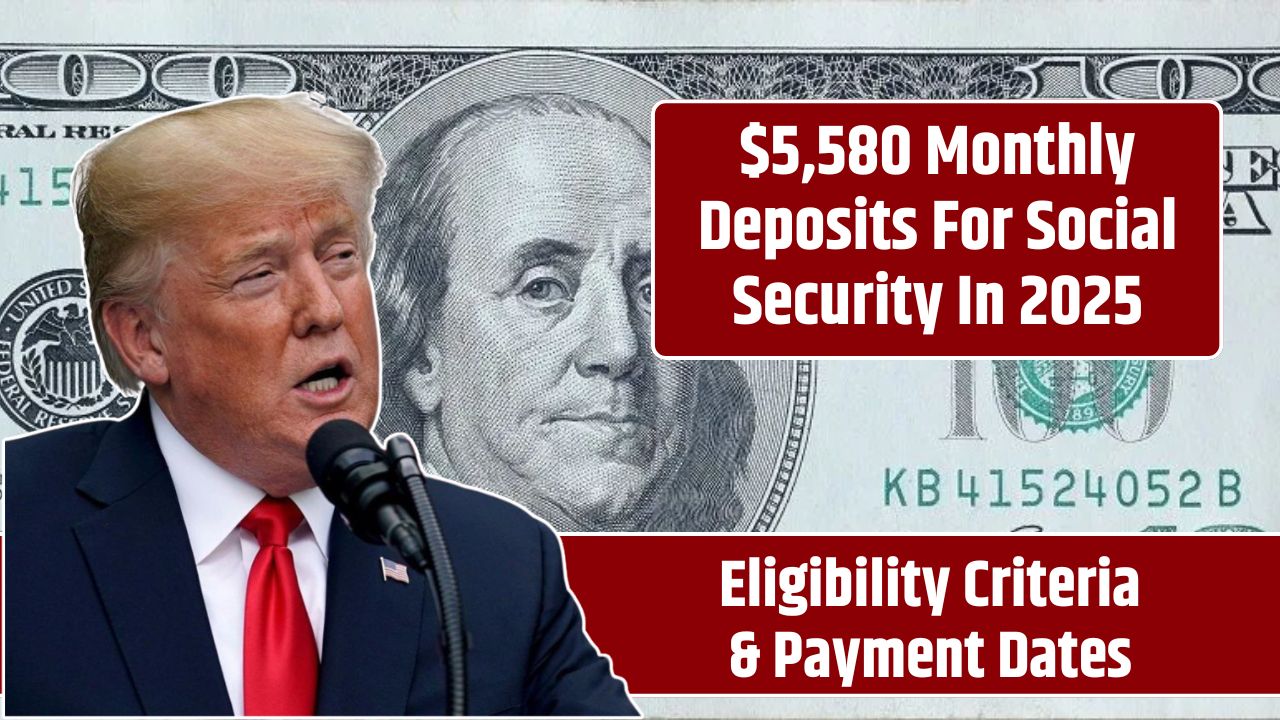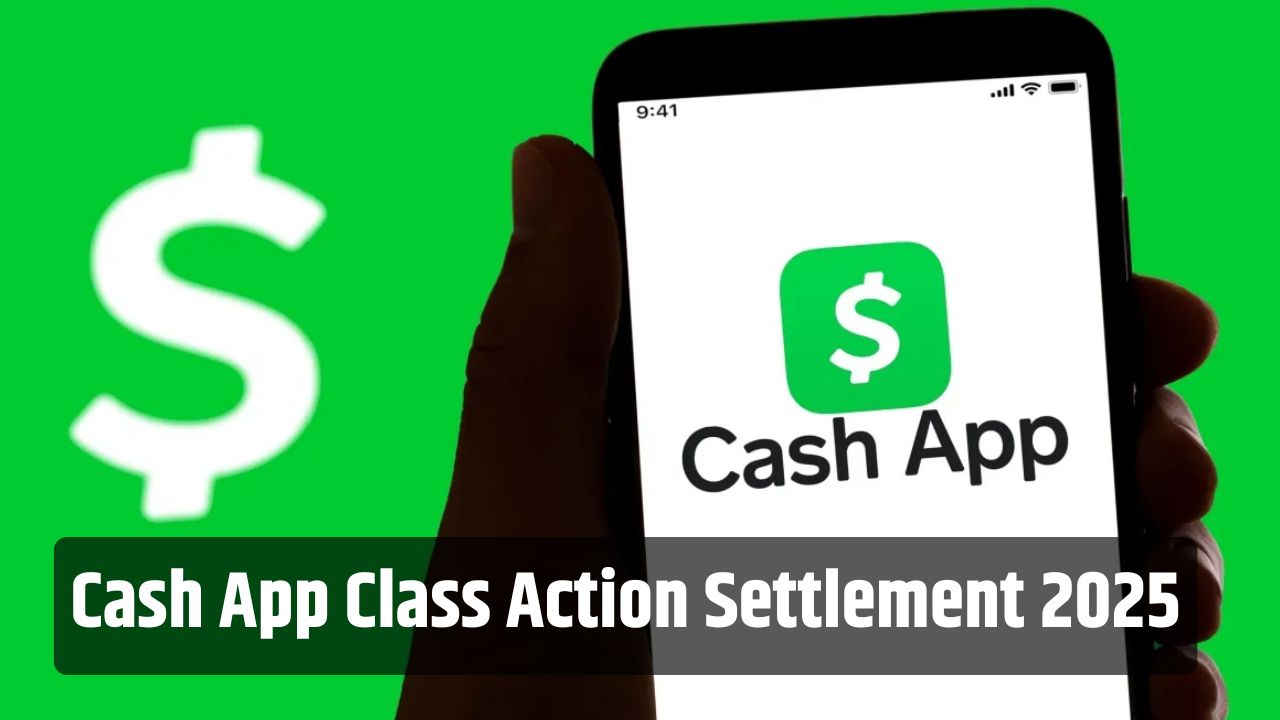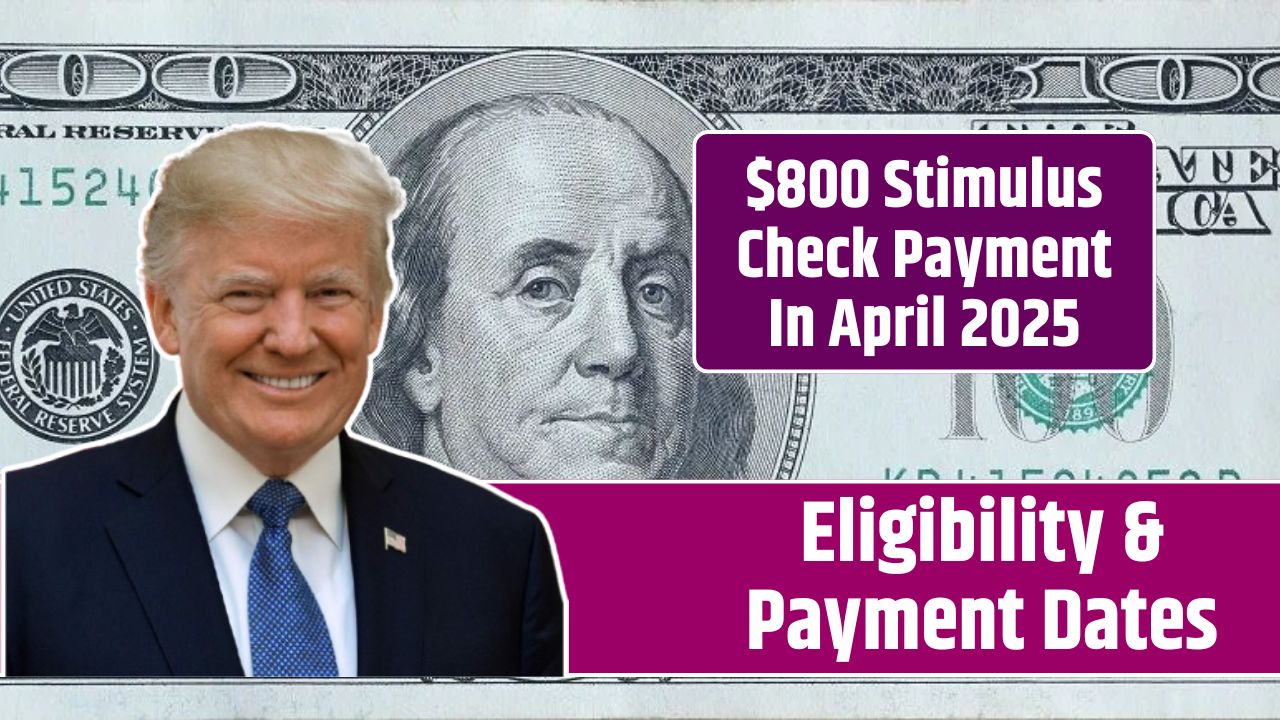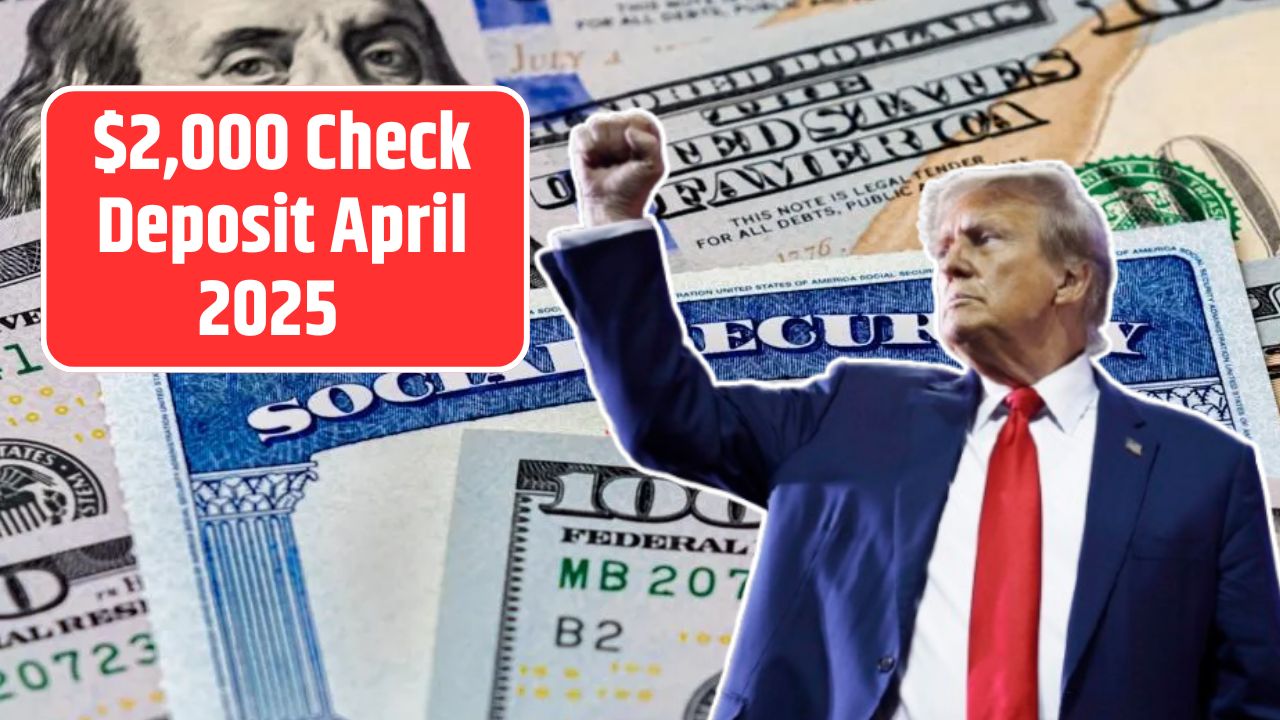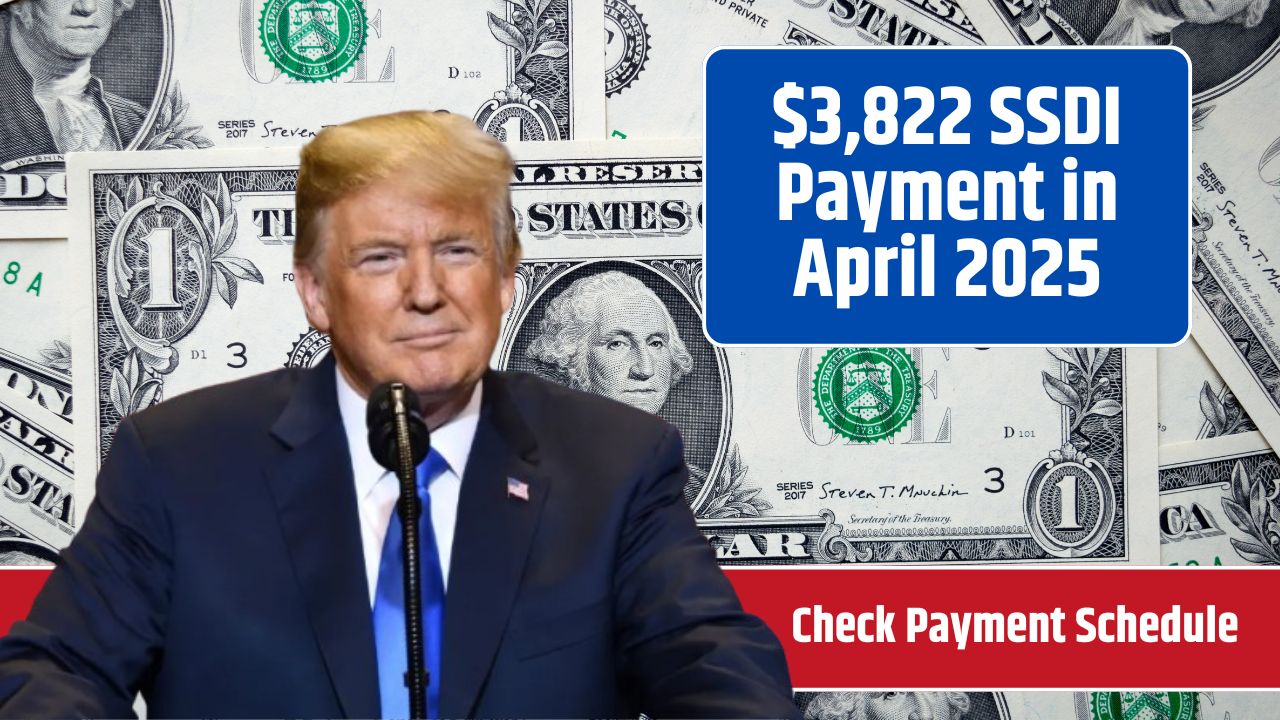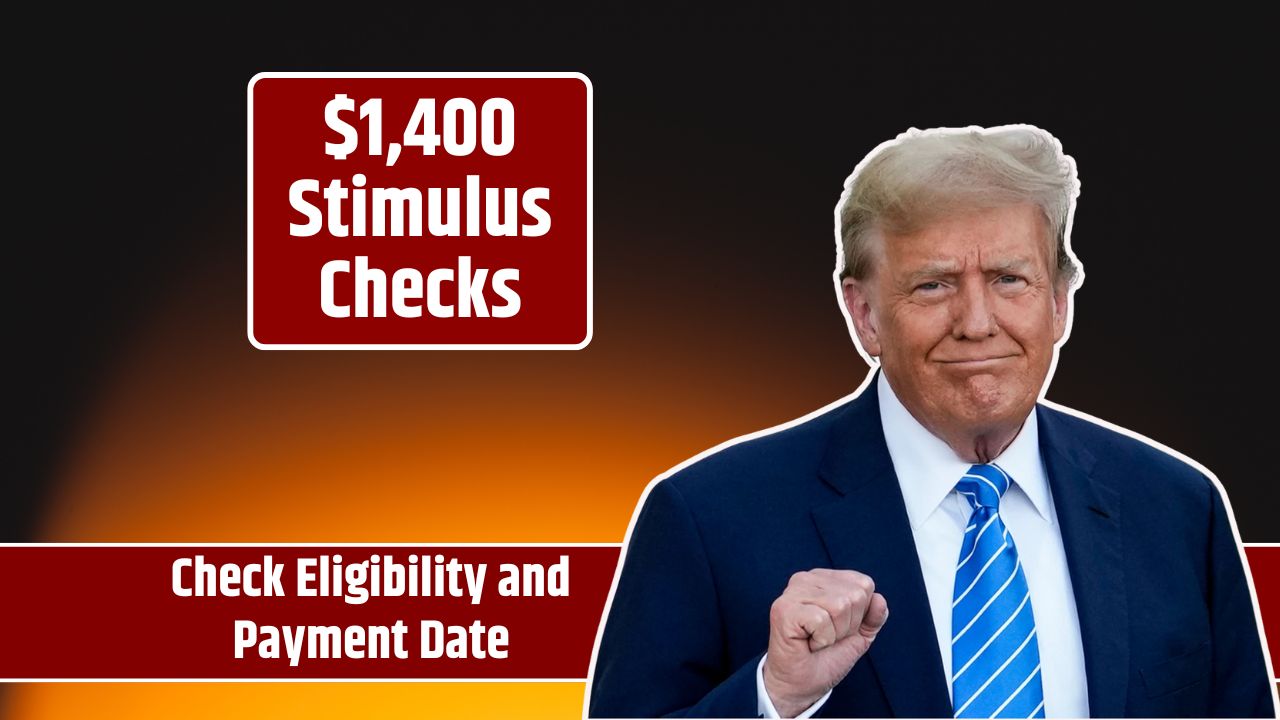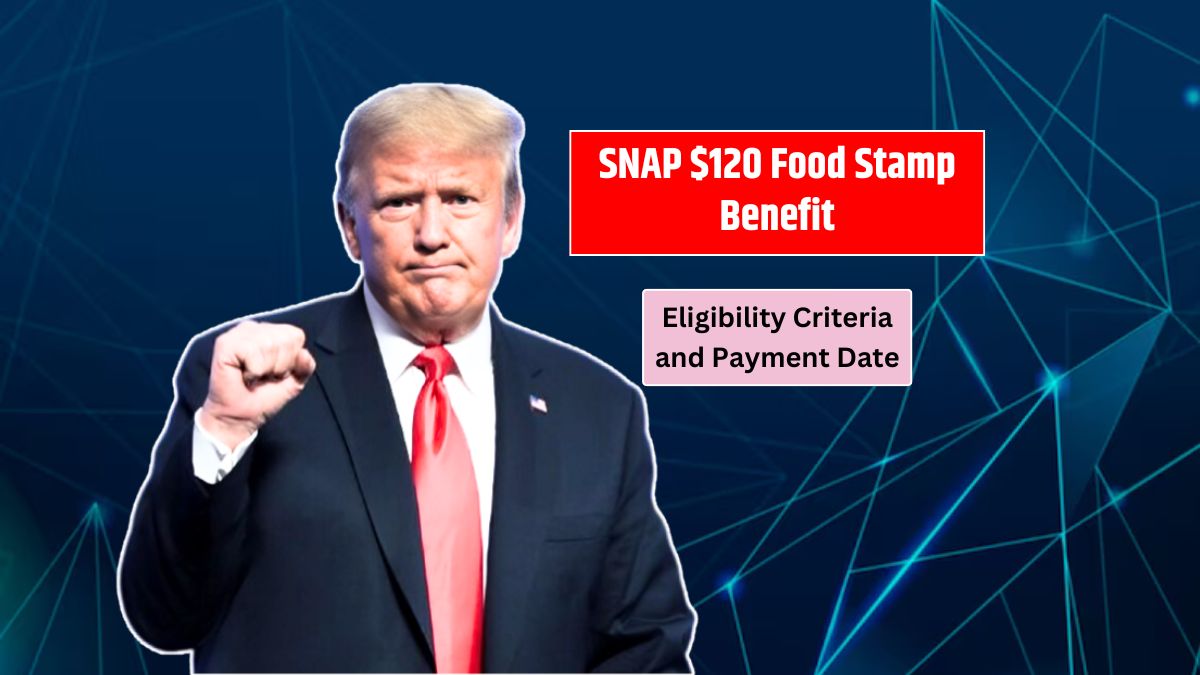The IRS isn’t playing around—April 15 is the big day. If you haven’t filed your taxes or made your estimated tax payments yet, now’s the time. The IRS is giving everyone a nudge: either pay up, file, or take the proper steps to stay in good standing.
The good news? If you’re a little short on cash or just not quite ready to file, you’ve still got options. Let’s break down what you can do right now to avoid penalties and keep the IRS off your back.
Deadline
Let’s start with the basics. The deadline for your first estimated tax payment for fiscal year 2025 is April 15. Missing this date could lead to penalties and interest—something no one wants to deal with.
If you can’t file your full tax return just yet, no worries. The IRS allows you to apply for an automatic filing extension by submitting Form 4868. This gives you more time to file (usually until October), but remember—it’s just an extension to file, not to pay. You’ll still owe interest on anything unpaid after April 15.
Options
Stuck in a spot where you can’t pay in full? You’re not alone, and the IRS knows it. They offer payment plans for people who can’t cover their full tax bill upfront but are willing to pay it over time.
You’ve got two solid options:
| Plan Type | Amount Owed | Time to Pay |
|---|---|---|
| Short-Term Plan | Under $100,000 (tax + penalties) | Up to 180 days |
| Long-Term Plan | Under $50,000 (tax + penalties) | Monthly payments (up to 10 years) |
No paperwork overload here either—just apply online. You’ll know instantly whether your request is approved. No need to call or wait for a letter in the mail.
Payments
So how do you actually pay? The IRS offers several electronic options. Here’s what you’re working with:
- Direct Pay (straight from your bank)
- Debit/Credit Card
- Digital Wallet (like PayPal or Apple Pay)
When making your payment, especially if you’ve filed an extension, make sure to indicate that your payment is tied to that extension. That way, it’s properly recorded.
Penalties
Let’s talk damage control. If you owe taxes and don’t pay by April 15, you’ll start racking up interest and late payment penalties. But here’s a bit of relief: If you’re on an approved payment plan, the penalty is cut in half. That’s a nice incentive to get a plan in place, even if you can’t pay everything right away.
Extensions
Applying for an extension is easy, and anyone—no matter your income—can do it for free through IRS Free File. Just submit Form 4868, and boom, you’ve got until October to file. But again, it doesn’t buy you time to pay—only to get your paperwork in order.
Approval
Wondering if your payment plan application went through? No need to stress. When you apply online, you’ll get an instant answer. You’ll either get a confirmation or a reason why it didn’t go through. No waiting around, no phone calls, no guessing.
Time’s ticking, and the IRS isn’t exactly known for its patience. If you’re not ready to file or pay in full, take action now. A payment plan or an extension could be the difference between staying on the IRS’s good side—or not. Either way, don’t just ignore it and hope it goes away. Spoiler alert: it won’t.
FAQs
What’s the 2025 tax deadline?
April 15 is the deadline for filing and first tax payments.
Can I file taxes after April 15?
Yes, with an extension using Form 4868.
What if I can’t pay all my taxes?
Apply for a short or long-term IRS payment plan.
How do I make IRS payments?
Use Direct Pay, debit/credit card, or digital wallet.
Do IRS payment plans reduce penalties?
Yes, late payment penalties are reduced by 50%.

